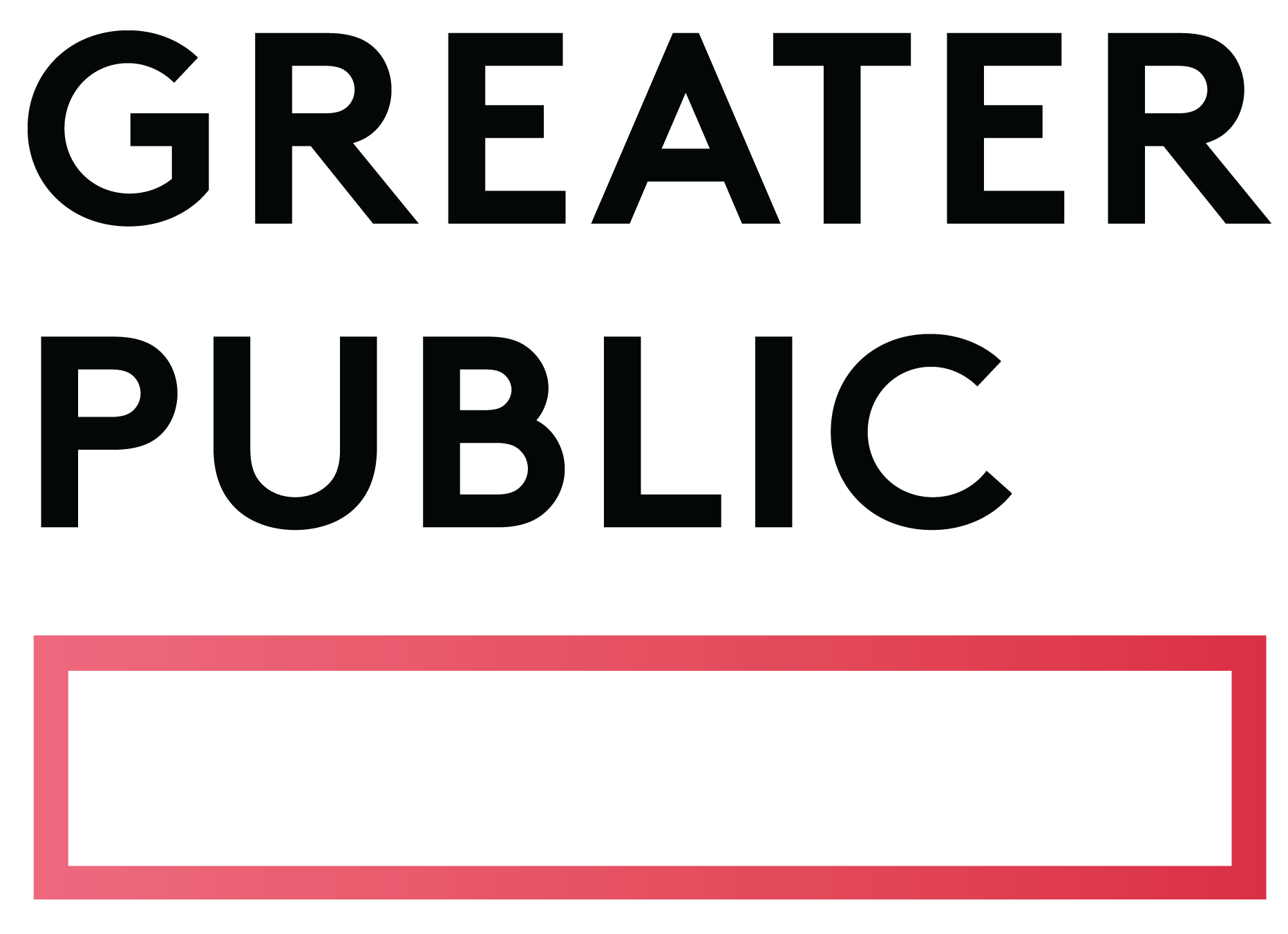Related Articles
Subscribe to the Greater Public newsletter to stay updated.
This site is protected by reCAPTCHA and the Google Privacy Policy and Terms of Service apply.

Email journeys allow stations opportunities to strategically deepen engagement by identifying the group you want to reach and the goal you want to steward them toward. Skyler Reep, Director of Development at KSPS PBS in Spokane, Washington, uses automations to both drive prospects toward membership as well as welcome and introduce those donors to PBS Passport.
Reep aggregated KSPS’ PBS prospect referrals from over-the-top (OTT) apps like Roku, Fire, and AppleTV, and put them in an automated welcome series. After the initial series, these prospects were included in weekly highlights and Passport Picks emails as well as in on-air fundraising outreach. After years of aggregated data from this automated prospect research, Reep calculated its efficacy.
PBS Prospect Conversion Results:
“We’ve retained 59% of these beyond 12 months,” Reep says. “Right now one in eight KSPS PBS members started as a PBS prospect before joining!”
The first email sent to prospects introduces them to KSPS PBS, tells them about the communications they’re about to receive, and, most importantly, invites the subscriber to fill out a five-minute viewer survey. Survey responses offer granular data about subscribers’ preferences so KSPS PBS can engage subscribers and make a case for support in ways that are most relevant to their interests. The act of asking prospects and donors what they like also simply allows the subscriber the opportunity to feel heard.
“If you turn them onto stuff they’re interested in, they’re more likely to stay engaged,” Reep explains.

Similarly, six years ago, KSPS PBS began a separate automated welcome series for new donors to help introduce them to and encourage their activation of PBS Passport. The series starts with thanking the donor, helps them activate their Passport account on their device, then encourages them to begin finding some favorites to stream on Passport.
The first email has a 51% open rate, a 9% click rate, and an even more impressive 5.7% activation rate.



61% of KSPS PBS’s qualified donors have activated their Passport account, compared with an average 55% activation rate across the rest of the system. Reep largely attributes KSPS PBS’s high activation rate to this email journey.
“That’s the long game of retention,” Reep adds. “If you want them to stay through that 13th month, they must be using Passport.”
Public radio stations can also use similar journeys to familiarize prospects with your station’s work. According to NPR, 19 million listeners tune in to station broadcasts and streams only, while 14 million listen to BOTH station and NPR content. But the opportunity arrives because a separate 20 million listeners ONLY access NPR content. So, some of the prospects you receive from NPR’s prospect portal could be completely unfamiliar with your station and work.
This is an opportunity.
NPR stations can similarly create welcome campaigns for their NPR One prospects, new donors, new arrivals to their newsletter list, or around any opportunity to engage an interested audience with their content. It’s important to explain to the prospect how your station is part of the NPR Network that they’re probably so familiar with, while at the same time demonstrating why the work you do at your station is important to the community and worthy of their support.
Where NPR has the national and international reach you can champion, you can also boast your community work and dedication to all things local.
What all stations can try:
Email journeys allow stations to better steward prospects and donors, but they also provide opportunities to solicit feedback and deepen engagement. By asking donors and prospects their preferences, you’re giving them the opportunity to be heard and not simply receive these messages. And based on how they respond, you can then launch nuanced campaigns to drive audience development toward membership or deepen engagement.

View these related member resources and more with a Greater Public membership:
This site is protected by reCAPTCHA and the Google Privacy Policy and Terms of Service apply.
New to Greater Public? Create an account.
